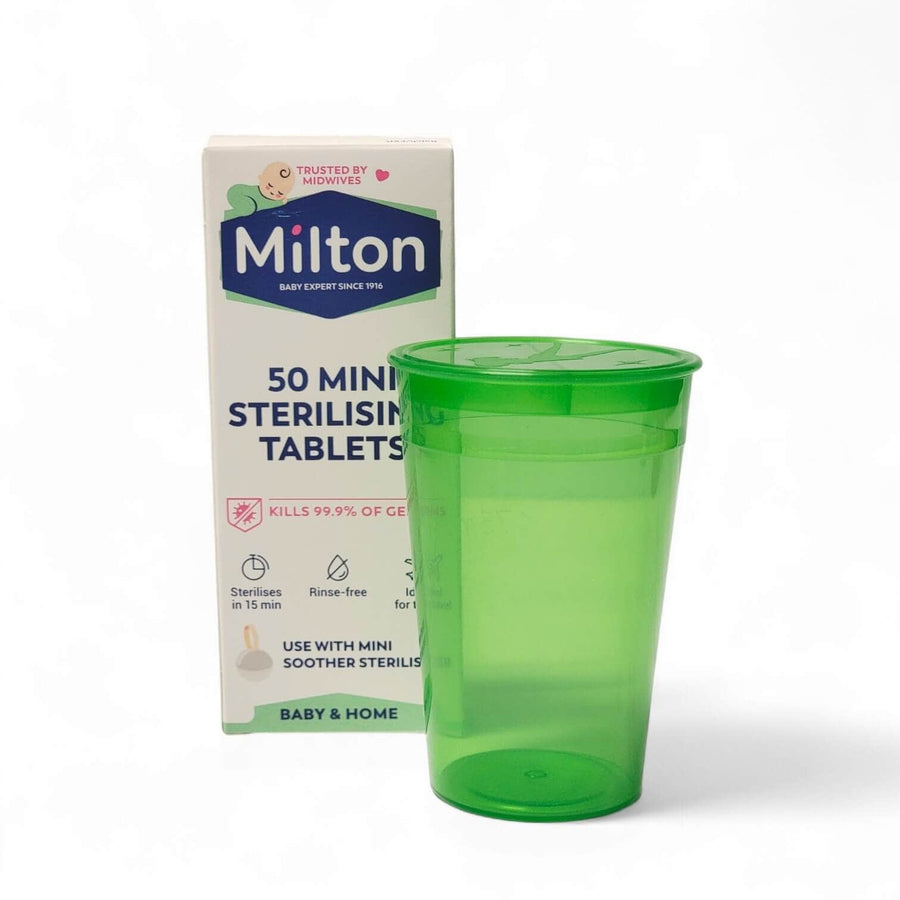Menstrual Cup Tips for Beginners
Menstrual Cups are a game-changer, offering a convenient and eco-friendly alternative to tampons. They collect fluid and are worn internally. After a simple emptying and cleaning, the same cup can be worn repeatedly, giving you control over your period management and a sense of environmental responsibility.
Some maintenance is involved, such as cleaning and disinfecting. You can learn more about it on our Cleaning and Disinfecting a Menstrual Cup Page.
First Things First:
Let's pick a great menstrual cup for you!
It's so important to choose the right size and shape. When selecting a menstrual cup, consider your age, whether you've given birth, and your activity level. There are a few ways to find your menstrual cup size, such as using period cup size charts or taking a menstrual cup quiz. Remember, the right cup for you should be comfortable, leak-free, and easy to insert and remove.
Choosing the correct diameter is critical in creating a sufficient seal. Too small a diameter may cause the cup to leak due to a lack of seal. Too large a diameter can make the cup uncomfortable to wear or even impossible to wear correctly because it may stay collapsed.
For people with lower-than-average cervix positions, cup height can also be a deal breaker. But fear not. Menstrual cups are available specifically for cup users with low cervixes due to prolapse and other issues.
Don't forget to consider your preferences regarding handle style. Would you like the the smallest handle so it's least noticeable? A ball handle could be an excellent option for you. Do you want all the help you can get to grasp our menstrual cup?
The ring handle fits the bill. Can't decide and want a good in-between option? The Stem handle offers a good compromise between the two.
Firmer cups are available for athletes, but a medium, softer firmness is generally preferable for first-time users because it's easier to fold and insert. In MeLuna cups, that softer, medium firmness is called 'Classic.'
Embracing the Learning Curve: Navigating Your First Month with a Menstrual Cup
Understanding Initial Challenges
- Insertion and removal tips
Learning new techniques for inserting and removing your menstrual cup can be a little challenging, but don't panic. You will get the hang of it in no time. Our pages on this topic offer tips for inserting and removing a menstrual cup.
- Adjusting to comfort levels
Using a menstrual cup may mean that you are closer to yourself than you have ever been. This will be an opportunity to learn more about your body, but it may also take some time to get used to it. Be patient with yourself, and remember that it's a learning process.
Gathering Resources and Support
- Consulting educational videos and guides
- Make use of Our Live Chat Option
Don't hesitate to contact us via live chat. We are happy to provide feedback and guidance regarding any questions you may have about your menstrual cup.
Reflecting on Personal Experiences
Celebrate your milestones and improvements. Learning something new can be challenging. Pat yourself on the back for taking the plunge, and be gentle with yourself.
Reframing the Period Experience
By taking charge of your period with a menstrual cup, you are getting to know your body better and can become more in tune with your cycle.
Feel empowerment and body positivity.
We are sure that including menstrual cups in your care will be a life-changing improvement. Reduce reliance on disposable products, save money, do something good for your body and environment, and enjoy a more convenient and comfortable period.
Embrace the journey and explore personalization options before making any purchasing decision. If you need assistance, we are here to help!
Related Blog Posts:






















Leave a comment